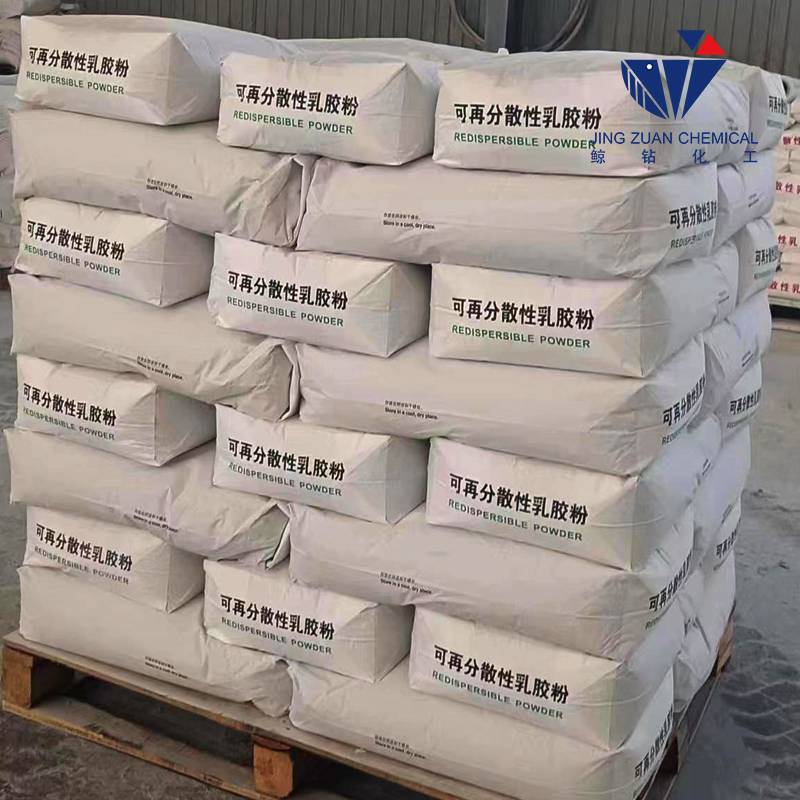
జూలై . 15, 2024 12:56 Back to list
Additive for Improving Bonding in Cement Mixtures, Increasing Strength and Durability
Cement bonding additive is a material that is added to cement mixtures to improve the bond between the cement and the surface it is applied to. This additive is commonly used in construction projects to ensure that the cement adheres properly to the substrate and forms a strong bond.
There are several types of cement bonding additives available on the market, each with its own unique properties and benefits. Some additives work by improving the adhesion of the cement to the surface, while others help to increase the strength and durability of the bond.
One common type of cement bonding additive is a polymer-based admixture. This type of additive works by forming a chemical bond between the cement and the surface, creating a strong and durable bond that is resistant to cracks and water damage. Polymer-based additives are often used in high-stress areas, such as bridges, highways, and industrial floors, where a strong bond is essential.
Another type of cement bonding additive is a silica-based admixture
. This type of additive works by reacting with the cement to form a gel-like substance that fills in voids and gaps in the bond, creating a more uniform and solid connection. Silica-based additives are often used in applications where a smooth and even surface is required, such as in decorative concrete or polished floors.cement bonding additive

In addition to improving the bond between the cement and the surface, cement bonding additives can also help to increase the workability and durability of the cement mixture. By adding the right additive to the mix, contractors can achieve a smoother and more consistent finish, as well as a longer-lasting bond that is resistant to damage from harsh weather conditions and heavy traffic.
When selecting a cement bonding additive for a project, it is important to consider the specific needs of the application and choose an additive that is compatible with the type of cement being used. It is also important to follow the manufacturer's instructions for mixing and applying the additive to ensure the best possible results.
In conclusion, cement bonding additives are an essential component of many construction projects, helping to improve the bond between the cement and the surface, increase the strength and durability of the bond, and create a more uniform and lasting finish. By selecting the right additive for the job and following the recommended application procedures, contractors can ensure that their projects are built to last.
-
Versatile Hpmc Uses in Different Industries
NewsJun.19,2025
-
Redispersible Powder's Role in Enhancing Durability of Construction Products
NewsJun.19,2025
-
Hydroxyethyl Cellulose Applications Driving Green Industrial Processes
NewsJun.19,2025
-
Exploring Different Redispersible Polymer Powder
NewsJun.19,2025
-
Choosing the Right Mortar Bonding Agent
NewsJun.19,2025
-
Applications and Significance of China Hpmc in Modern Industries
NewsJun.19,2025







